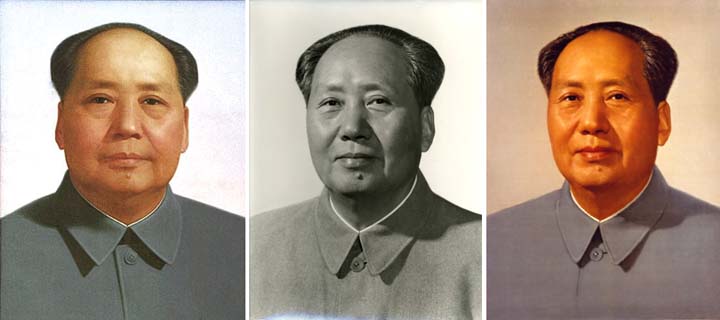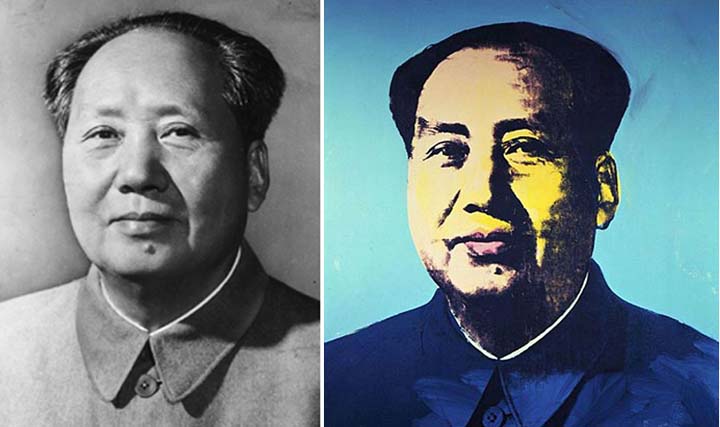The Charisma of Chairman Mao
When Mao Zedong proclaimed the Peoples’ Republic of China, on October 1, 1949, he said, “This is how a free and democratic New China will be. All governments at various levels all the way to the central government will be elected through popular, fair and anonymous voting. They will be responsible to the people that elected them. It will be a fulfillment of Sun Yat-Sen's Three Principles of the People; of Lincoln's idea of government of the people, by the people, for the people; and Roosevelt's Four Freedoms. This will guarantee the independence, solidarity and unity of the nation, as well as its cooperation with the democratic nations of the world."
As the PRC began asserting itself on the world stage, the Xinhua News Agency, it’s official media outlet, became a powerful agent of the government; it even represented the Chinese Communist Party in countries and territories with which it had no diplomatic representation, such as Hong Kong. Described as the “eyes and tongue” of the Party, Xinhua determined what was important for the masses to know and perceive. Photography was chief among its resources and its most productive image-makers were accorded preferential treatment.

Left and right: Mao Zedong as a young revolutionary, ca. 1925-27. Center: Mao Zedong during the War of Resistance against Japanese Agression (1937-1945).
As the new Republic lept forward, and then faltered, notably during the Cultural Revolution [1966-1979], Chairman Mao aged. The charismatic appeal of his youthful image (above) gave way to a greater bulk and an older appearance, which the Xinhua News Agency neatly took care of (below). In Faking It: Manipulated Photography Before Photoshop, currently on view at the Metropolitan Museum of Art, a photograph by Chen Shilin (below, center), was heavily retouched for a media do-over (row three); the retouched version is on display at the Met.

Center: The official portrait by Chen Shilin, which formed the basis of ongoing poster versions of the Great Leader as he aged (left and right).
The wall text from the exhibition proclaims: During his thirty-three-year reign, Mao Zedong’s personality cult was fortified by a series of official portraits in which the aging visage of the Great Leader was painstakingly retouched to project an image of flawless benevolence. This portrait served as the frontispiece to Quotations from Chairman Mao, known in the West as the “Little Red Book,” and was omnipresent in the Chinese landscape during the waning years of the Cultural Revolution. The image achieved fame outside China when Andy Warhol used it as the basis of a series of silkscreens in 1973.

The portrait of Mao Zedong by Chen Shilin that was heavily retouched by artists at the Xinhua News Agency (left), appears in Faking It, at the Met; this version was adopted by Andy Warhol for his series of portraits of the Great Leader (right).


